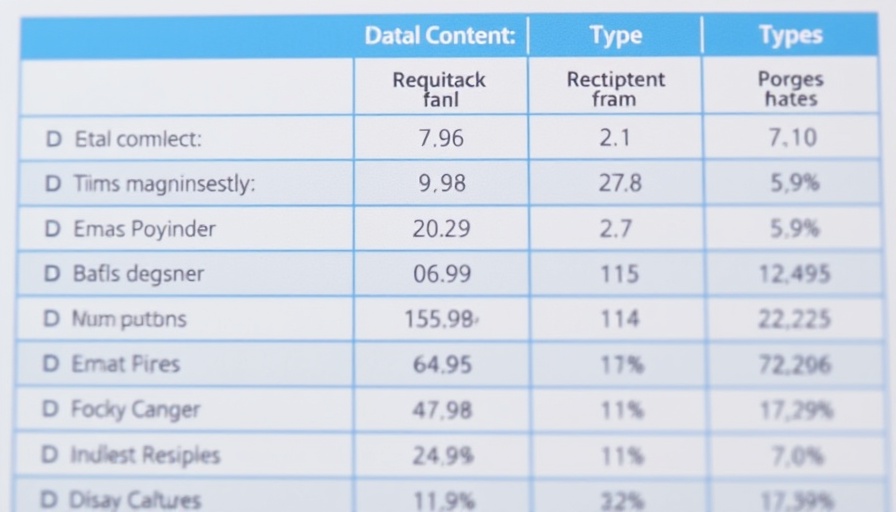
Understanding Audience-First Email Marketing Strategies
In the ever-evolving landscape of digital marketing, the significance of an audience-first approach to email marketing can't be overstated. Businesses and marketers must prioritize understanding their audience’s needs and preferences to create compelling email campaigns that drive engagement and conversion.
The Shift Towards Personalization in Email Marketing
As consumers are bombarded with countless emails daily, personalization has emerged as a crucial strategy. Elements like tailored content, shopping history, and segment-specific offers help create a unique experience that resonates with recipients. For instance, brands that leverage data-driven insights can craft messages that align with individual behaviors, leading to higher open rates and conversions.
The Power of Storytelling to Enhance Engagement
One of the most effective ways to connect with your audience through email is storytelling. By integrating narrative-driven content, brands can engage readers more profoundly than traditional advertising methods. For example, sharing success stories or customer experiences within emails can inspire action and foster a community around the brand, enhancing loyalty and engagement.
Leveraging Automation for Better Efficiency
Marketing automation tools are revolutionizing email marketing. By employing these tools, businesses can optimize their email strategies through automated workflows that nurture leads effectively. Automation can assist in sending timely follow-ups, birthday greetings, or re-engagement emails based on user behavior, ensuring that the right message reaches the right audience at the right time.
Analytics: The Backbone of Email Strategy
To maximize the effectiveness of email campaigns, understanding analytics is vital. Metrics such as open rates, click-through rates, and conversion rates provide insights into how well emails are performing. This data allows marketers to adjust strategies effectively, learn what resonates best with their audience, and continuously refine their approaches.
Future Predictions and Trends in Email Marketing
Looking ahead, several trends are expected to shape the future of email marketing. One trend is the increasing use of AI in crafting personalized newsletters and promotional emails, making automation even smarter. Additionally, the integration of augmented reality (AR) into email marketing could offer immersive ways for recipients to engage with products directly from their inboxes, blurring the lines between various digital marketing channels.
Conclusion: The Path Forward
As the digital marketing landscape continues to evolve, embracing an audience-first strategy is integral to leveraging email marketing effectively. With personalization, storytelling, automation, and data analytics at the forefront, businesses can foster deeper connections with their audiences. To thrive in this competitive environment, marketers must stay updated with the latest trends and embrace innovative strategies that place their audience at the center of their email marketing efforts.
 Add Row
Add Row  Add
Add 




Write A Comment